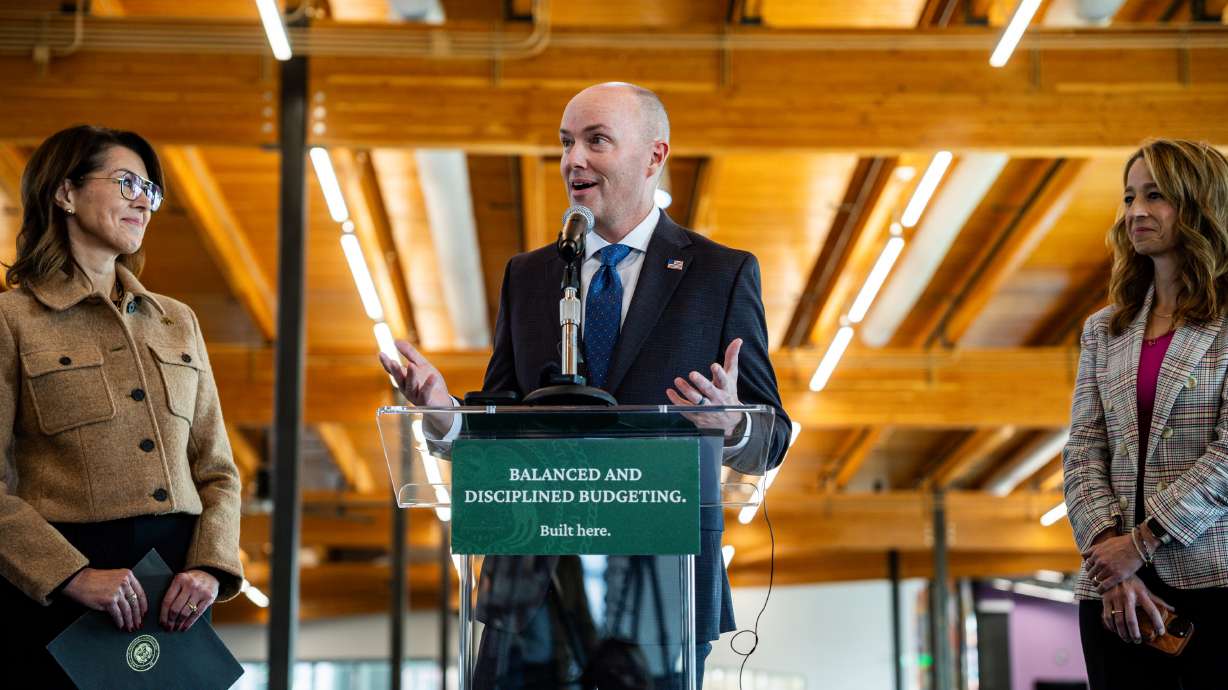With healthcare on the front of everyone’s minds as Congress continues to formulate a replacement to ObamaCare, here is an idea that could revolutionize the industry and drive costs down tremendously.
One of the largest factors driving up health care costs today is the lack of transparency of the true costs of health care services and the lack of incentives for consumers to pursue high quality, low-cost options. In short, a person doesn’t know how much a certain procedure or test costs and even if they did, they would have zero financial incentive to investigate where to find the best price for that health care service.
This is where having the “Right to Shop” comes into the picture.
Comparison shopping is a way of life for the average American consumer, but when it comes to healthcare, Americans aren’t allowed to do so and, quite honestly, they wouldn’t know where to begin. That’s because certain providers make an incredible profit off of charging insane prices for common services and people have no idea the true cost because it is hidden behind insurance co-pays. Unfortunately, even in states where a level of cost transparency exists, consumers aren’t incentivized to investigate.
True cost transparency must be coupled with market incentives for the health care consumer. This leads people to comparison shop for the medical services recommended by their doctor. The simplest form of these potential incentives is cash. Save your insurance company money, and then you get a cut. And this doesn’t mean you have to sacrifice on quality of service. Research has shown that within the healthcare industry, cost of service usually has little to do with the quality of service. Instead, consumers are able to make the best choice for themselves as they factor in travel, customer service, wait times, as well as costs.
Luckily for Utahns, there was some real movement on this innovative idea in the Utah Legislature this past session.
House Bill 127, sponsored by Representative Norm Thurston, aimed to authorize insurance companies to create savings reward programs. This would allow a member of a health benefit plan to shop for low cost options, while receiving financial incentives when the final cost of a service ends up being lower than the average cost of that particular health care service. It is important to note that this does not mandate insurance companies to comply with this law.
HB 127 does mandate that PEHP (Public Employee Health Plan), Utah’s public employee insurance program, create these savings reward programs to allow government employees to shop for low cost options. The success of similar public employee programs in other states has led private consumers to urge their own insurance programs to offer similar services.
Often, the costs of health care services vary drastically from one provider to the next. Programs and tools that encourage individuals to weigh their health care options and consider cheaper avenues will help lower the costs of health care over time for everyone. Though the legislative session ended just before HB 127 was going to be voted on by the Senate, it’s very likely that Rep. Thurston will bring the bill back in 2018. And then it might not be too long before you see innovative services like this mobile app from New Hampshire appear in Utah.





